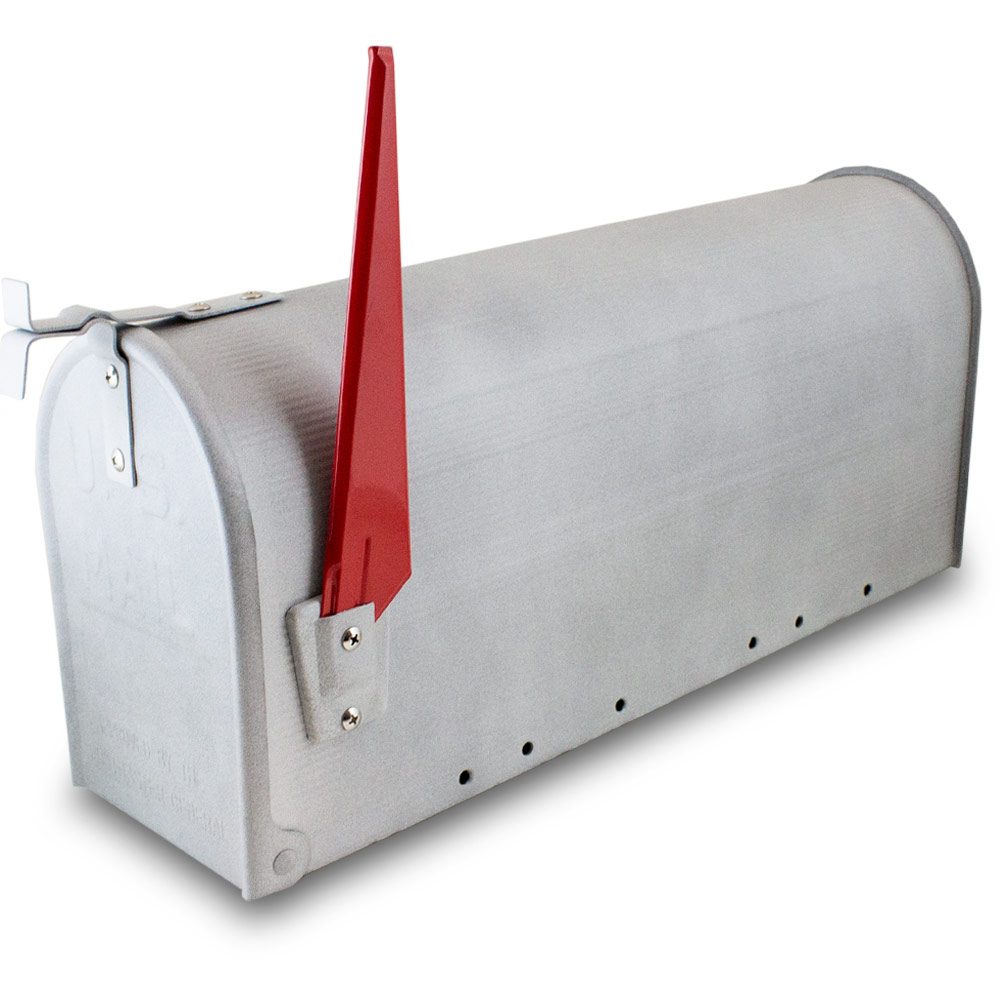

First Class mail brought in $27.3 billion, still the biggest part of its revenues. Of that, $71.4 billion came from the US Postal Service. The total revenue from the US mailing industry was $1.4 trillion. In 2016, it handled 154 billion pieces of mail, employed 600,000 people, and operated out of over 31,000 post offices. So still, the US Postal Service remains an important part of the nation’s information infrastructure. Today, the Postal Service still delivers to over 150 million addresses, but on average American adults have nearly two e-mail addresses, too, outnumbering their physical addresses. A century later they still are the most widely used.

For example, a postal employee designed those round “tunnel type” mailboxes in 1915 used in front of homes and businesses. Its role remained central to the movement of facts and all manner of paper-based reading materials, so its power was enormous. Until the arrival of the Internet and e-mail, the American postal system was the nation’s largest, most sophisticated information delivery infrastructure. This took further business away from the Postal Service. Package delivery services, which offered better services and often cost less than the Post Office, became widely available in the 1990s. Increasingly, those utility companies that had created the problem for the Post Office in the first place made it increasingly possible to be paid online. The volume of First Class mail dropped every year and, as the quantity dropped, the US Postal Service increased the price of a First Class stamp, which then motivated people to use more e-mail and to start paying their bills online, which further reduced the demand for First Class stamps. Then came e-mail in the 1980s, followed by online shopping and banking in the 1990s and early 2000s. Image credit: “Mailbox” by ms.akr via CC BY-SA 2.0 via Flickr. First Class mail still had to go through the Post Office. Flyers, advertisements and newspapers continued to be delivered, just now stuck inside front doors, underneath welcome mats, and left on stoops and front yards. It seemed the Post Office had crushed its competition-at least for a while. 1725) gave the Post Office what one government official observed was “a virtual monopoly over mailboxes.” Also, if it found any flyer or other item in the mailbox without postage, the Post Office could force the person putting it in there to pay postage for it even if not delivered by postal carriers.ĭid it work? Yes, more or less. In 1934, the New Deal Democratic Congress complied, as the postal system had enormous political power within the Democratic Party because every town and city had postal employees and they voted! The “mailbox restriction” law as it is often called (18 U.S.C. The US Post Office went to Congress and asked for a law to constrain this competition by making it against the law for anyone else to use a mailbox. At the time, the biggest source of revenue for the Post Office was First Class Mail, and so private carriers were reducing the revenue coming into the postal agency. So they began using their own carriers to deliver what otherwise would be largely First Class Mail, avoiding paying US postage. Commercial users of postal services found the expense of postage higher than if they delivered their own mail, such as utility companies delivering water and telephone bills, newspapers the daily paper, and department stores their advertisements. Use of First Class mail and package delivery expanded sharply in the early 1900s. History teaches us that while all this is true, there is always more to the story. Second, the USPS says it wants “to ensure the integrity of our customer’s mailbox,” meaning only postal workers are allowed to place or remove mail from our mailboxes.
#Amerikanische postbox full#
If you go to the USPS website, the answer you get is that mailboxes could get so full with other items and papers that there would be no room to put mail into these. The Postal Service also “owns” our mailboxes and sets all the regulations involving them. In the US, people receiving mail must pay for mailboxes, and these have to meet government specifications, or provide slots in their front doors through which postal carriers deliver mail. Called the Mailbox Restriction Law, most countries do not have such legislation. Because it is against Federal law to put anything in a mailbox, “on which no postage has been paid,” and if caught doing so a person could be fined up to $5,000 and an organization $10,000.


 0 kommentar(er)
0 kommentar(er)
